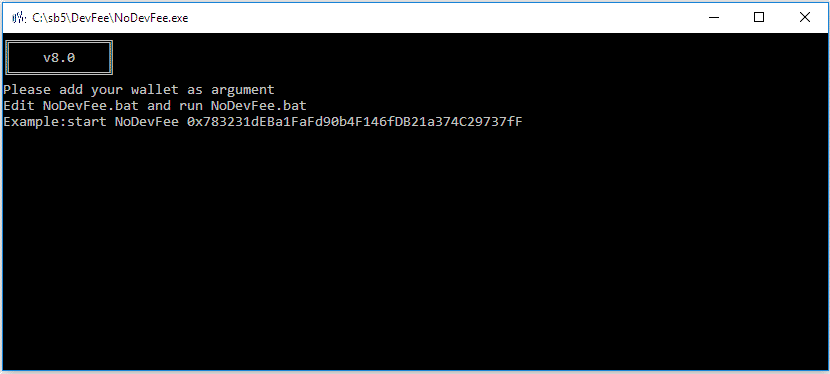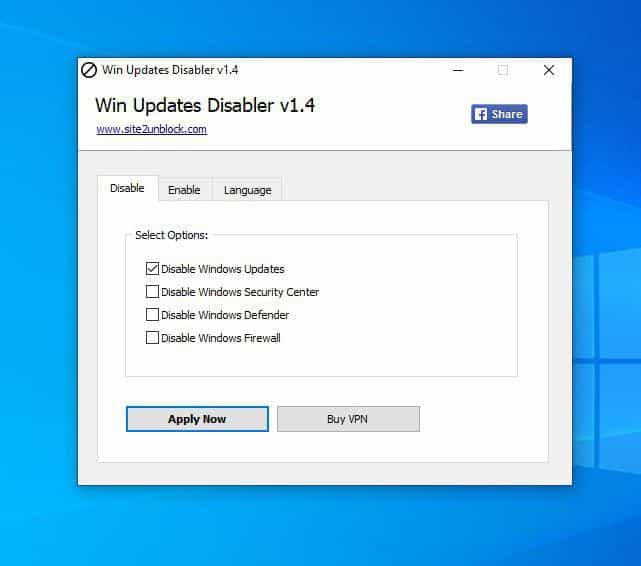BitMex: Scalability Enhancements are Essential
BitMex published a new scandal research. It states that the node synchronization can be achieved only because of the improvements added to the software. The researchers measured times of IBD of different release dates starting from 2012th till 2019th. They published the results this Friday and they became a boom in the community.
From the results of the research it is clear that the scalability improvements are highly underestimated. They are a key point of successful synchronizing and working with the network itself. During the research an interesting thing turned out. The older versions couldn’t go through the pickup in transaction volume of 2015 and 2016. Even these results would be impossible without enhancements which were made previously.
Working on the paper the BitMex team tested earlier versions, the ones issued before 0.8.6. Not surprisingly they stuck with the same issue and failed to synchronize. These versions were run on the newest and most powerful hardware with the same result. This shows that the scalability enhancements became that essential point which prevented BTC from dying back then.

BitMex: 0.12.0 was the turning point
Bitcoin Core version 0.12.0 turned out to be the turning point where the speed increased and dragged along the most important events. In version 0.12.0 the developers went further and signature verification library instead of a standard one. At the same time the version 0.12.0 does not validate the signatures of SegWit. The reason is simple – they are not supported.
After the version 0.14.0 the popularity of BTC started growing much faster than the scalability improvements made to the software. In the end it resulted in longer synchronization time. Decentralization preserving was the main focus in Bitcoin development and it also meant that the network should be run as modest as possible under the current conditions.
Developers had the task to keep the requirements as low as they can so they solved the issue with keeping a rather low block weight limit as well as high block time of 10 minutes. These measures helped to track the blockchain growth in check. Though its size is almost 294 GB and the average block size is over 1 megabyte. According to the data provided by Bitnodes, a monitoring resource, there are more than 9.5K nodes that can be reached.


















